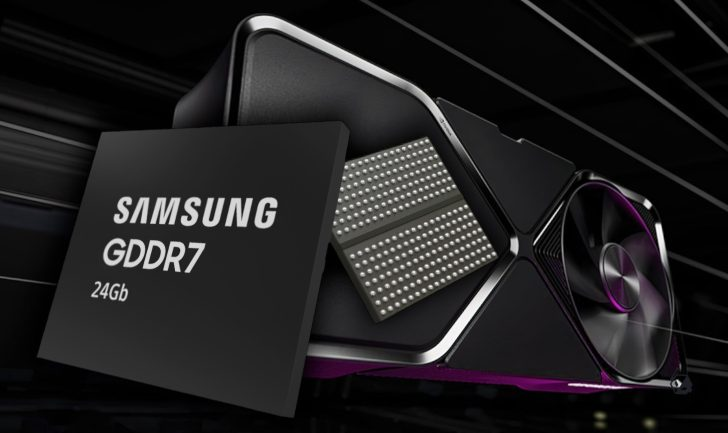
What If GPUs Had Expandable Memory? Revisiting the Lost Era of Upgradable VRAM and Why Modern Graphics Cards Abandoned It
Imagine if you could expand the VRAM on your GPU just like your PC’s memory. The thought of being able to add more VRAM as needed could change the game for gamers and tech enthusiasts alike. But, despite the dream of upgradeable VRAM, modern GPUs don’t offer this flexibility. Instead, VRAM capacities, such as 8GB, have become a point of contention in recent years. While once sufficient for most gaming needs, these days, 8GB VRAM is quickly becoming outdated for newer AAA games.
But let’s take a trip back to 1998, when the possibility of expanding VRAM was real. The ATI 3D Rage Pro GPU came with a dedicated memory slot, allowing users to increase their VRAM from 4MB to 8MB by simply adding a memory module. This innovative feature offered gamers the ability to upgrade their memory without buying an entirely new GPU, a concept that sounds almost revolutionary today.
Fast forward to modern GPUs, like NVIDIA and AMD’s latest offerings, and the dream of expandable VRAM is nowhere to be found. This is due to the complexities of modern GDDR memory. Current high-bandwidth memory technologies, like GDDR7, require specific PCB designs, controllers, and power delivery systems. The high-speed demands of these memory modules make swappable memory impractical. Even if it were possible to develop socketed GDDR memory, the added connectors and longer signal paths could negatively impact performance.
Another major issue is cooling. Modern GPUs generate much more heat than their predecessors, and adding modular VRAM would require more power and heat management. Cooling solutions would need to be significantly upgraded to accommodate extra memory, and performance could suffer as a result. So, the idea of adding VRAM as a modular upgrade seems out of reach for the time being.
Even so, the idea still sparks imagination. Imagine a world where you could easily upgrade your VRAM as games and applications demand more power. Instead of buying a whole new GPU, you could simply swap out your VRAM to match your needs. However, this is a feature that remains in the past, with no clear path to returning to modern GPUs anytime soon.
In the current landscape, companies like NVIDIA and AMD continue to push the boundaries of GPU performance, but they are more focused on improving raw power and computational ability rather than giving consumers the option to customize their VRAM. With modern GPUs being more challenging to acquire, and the price of new cards skyrocketing, many gamers are left wondering if this dream of expandable memory will ever become a reality.
For now, swappable VRAM may be a feature we can only dream about, but who knows? The future could bring new innovations that make this concept feasible once again.